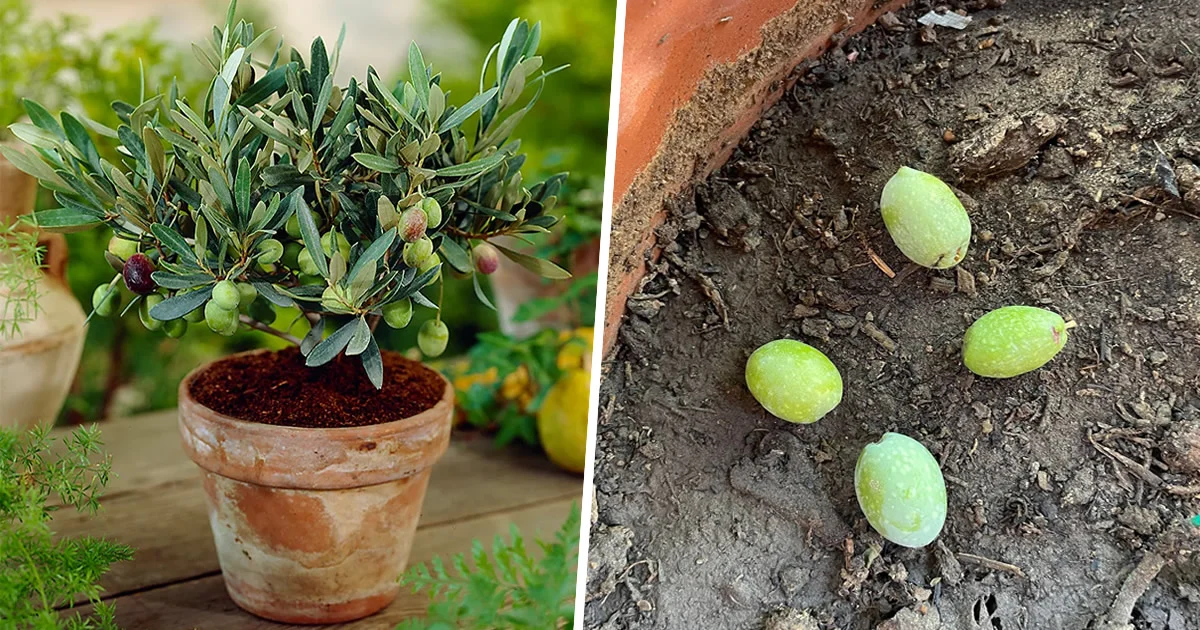Few trees symbolize longevity, peace, and abundance quite like the olive tree (Olea europaea). Revered for its valuable fruit and historical significance, growing your own olive tree from the core is not only a rewarding experience but also a journey steeped in tradition and cultural heritage. In this comprehensive guide, we’ll walk you through the steps, techniques, and essential tips to successfully cultivate your very own olive tree from a humble olive pit or core.
1. Choosing the Right Olive Variety
- Common Olive Varieties: Select from popular varieties like Arbequina, Picual, Frantoio, or local cultivars suited to your climate and growing conditions.
- Consider Climate: Olive trees thrive in Mediterranean-like climates with hot, dry summers and mild winters. However, some varieties are adaptable to other regions with proper care.
2. Harvesting and Preparing Olive Pits
- Fresh Olive Pits: Collect pits from ripe olives during harvest season (typically autumn). Choose healthy, mature olives with fully developed pits.
- Pit Preparation: Remove flesh from olive pits and wash them thoroughly to remove any residual pulp or debris. Allow pits to air dry for a few days.
3. Germinating Olive Pits
- Cold Stratification: Place dried olive pits in a plastic bag with slightly moistened peat moss, vermiculite, or sand. Seal the bag and refrigerate for 4-6 weeks to simulate winter conditions and break dormancy.
- Warm Germination: After cold treatment, plant olive pits in well-draining potting mix or sandy soil in small pots or seed trays. Keep soil consistently moist and place in a warm, sunny location.
4. Optimal Growing Conditions
- Sunlight: Olive trees thrive in full sun exposure, so choose a sunny location with at least 6-8 hours of direct sunlight daily.
- Well-Drained Soil: Use sandy or loamy soil with good drainage to prevent waterlogging, which can be detrimental to olive tree roots.
- Container or Ground Planting: Decide whether to grow your olive tree in a large container (for portability) or directly in the ground (for permanent planting).
5. Watering and Feeding
- Watering: Olive trees prefer moderate watering once established. Allow soil to dry slightly between waterings, especially during hot, dry periods.
- Fertilization: Use a balanced fertilizer suitable for olive trees or organic compost in spring and early summer to support growth and fruiting.
6. Pruning and Training
- Initial Pruning: Trim any leggy or damaged growth after the first year of growth to encourage branching and a sturdy structure.
- Training Young Trees: Stake or use supports to train young olive trees for upright growth and develop a central leader (main trunk).
7. Protection and Care
- Winter Protection: In colder climates, provide winter protection with mulch or frost cloth to shield young olive trees from freezing temperatures.
- Pest and Disease Management: Monitor for pests like olive fruit flies, scale insects, or fungal diseases. Use organic remedies or consult with local agricultural extensions for control methods.
8. Patience and Harvesting
- Maturation Time: Olive trees take several years to mature and bear fruit (typically 3-8 years depending on variety and growing conditions). Be patient and provide consistent care.
- Harvesting Olives: When fruits mature and turn from green to purple or black (varies by variety), harvest olives carefully by hand or using specialized tools. Process olives for culinary use or olive oil extraction.
Conclusion: Nurturing the Olive Legacy
Growing your own olive tree from the core is not just about cultivating a tree—it’s a connection to ancient traditions, sustainable living, and the rich bounty of nature. With dedication, proper care, and a touch of patience, you can witness the transformation of a humble olive pit into a flourishing olive tree, bearing fruits that embody the essence of health, flavor, and cultural heritage.

